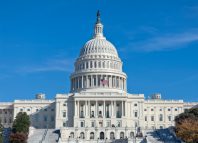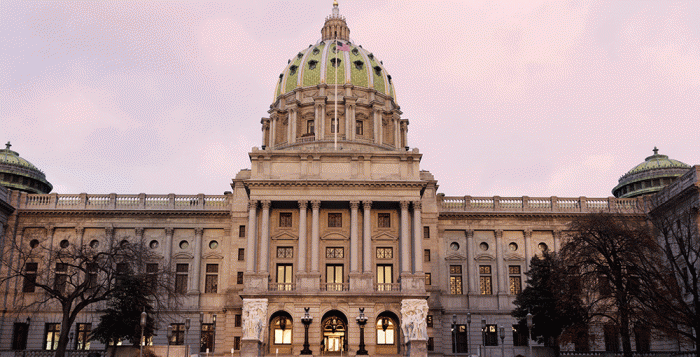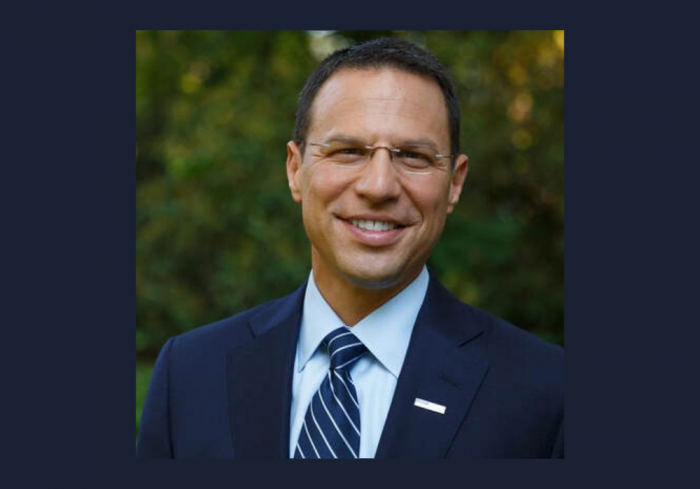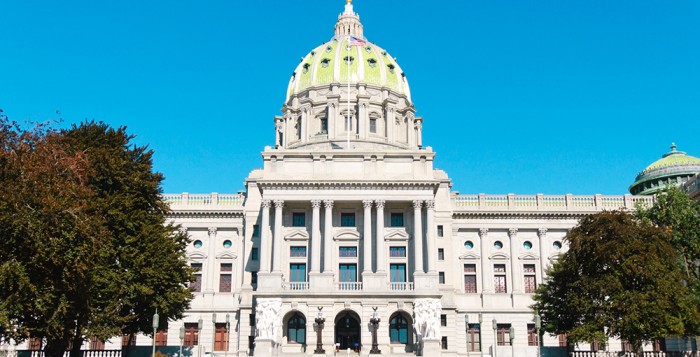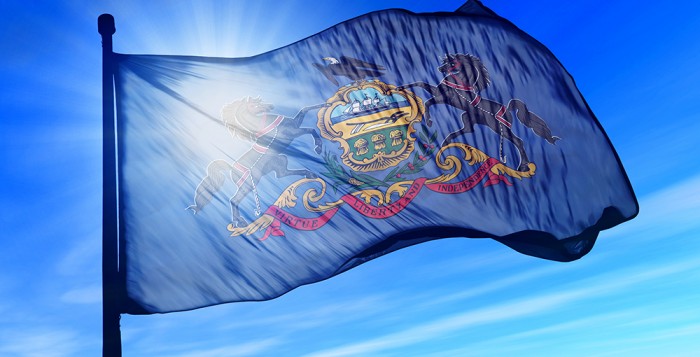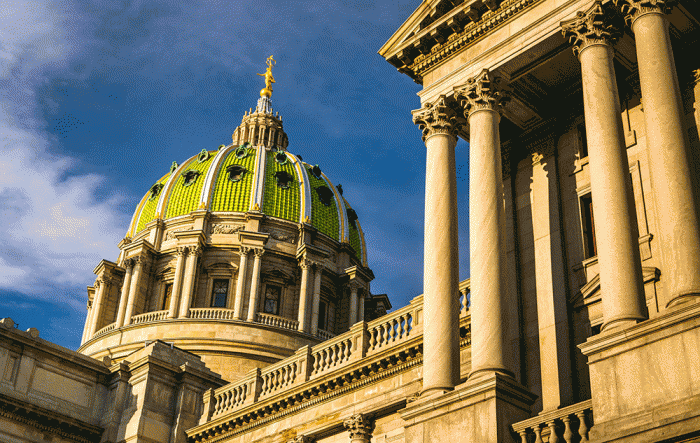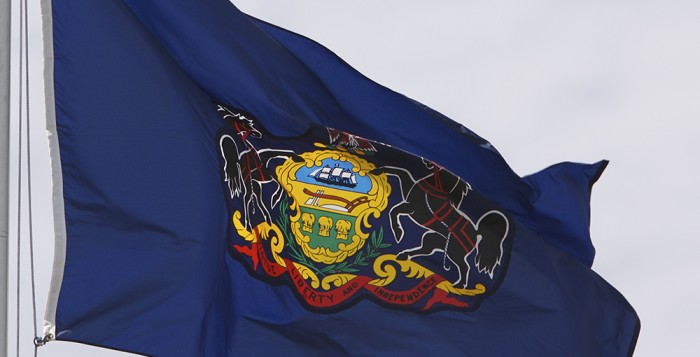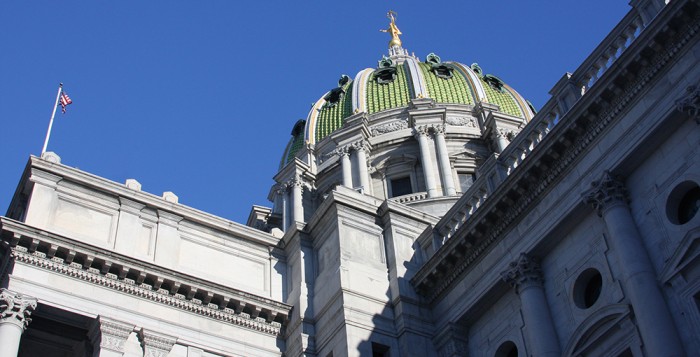State Senator John Gordner Resigns
Shapiro Transition Team Pulls in Experience From Democratic and Republican Administrations
Capitolwire: House GOP Keeps Cutler as Leader
Capitolwire: Democrats Stand to Gain Majority in House, But They May Not Be Able to Immediately Take Control of the Chamber
PA Gov.-Elect Josh Shapiro, Lieutenant Gov.-Elect Austin Davis Make Transition Announcements
HARRISBURG, Pa. — Pennsylvania Gov.-elect Josh Shapiro and Lieutenant Gov.-elect Austin Davis held a news conference Wednesday to announce the first steps in the transition to their incoming administration.
Outgoing Gov. Tom Wolf joined Shapiro and Davis for the announcement at the state Capitol in Harrisburg.
Shapiro and Davis will be sworn in on Jan. 17. The transition team will include executive director Akbar Hossain, who was the policy director on Shapiro’s gubernatorial campaign, and communications director Manuel Bonder, who was Shapiro’s campaign press secretary. Directing the inauguration will be Amanda Warren, who served as finance director on the campaign.
Shapiro also announced a transition website, shapirodavis.org, encouraging Pennsylvanians to learn more about the inauguration and to apply for roles in the new administration.
Shapiro is currently the state attorney general, and his term ends in January 2025. The governor will nominate someone to fill out the term, and that person will need Senate approval. The first deputy will take over the duties of attorney general until the position is filled.
Currently a state representative for the 35th District, Davis was reelected to that office in last week’s election while he also ran for lieutenant governor. A special election will be held to replace Davis in the state House.
Senate and House Leadership Election Results
Election Official: Pa. Voters Should Now Hand-Deliver Mail-In Ballots
Capitolwire: $100M for Mental Health Appears Off to Next Session
State Budget Wrap-Up and the Direct Workforce Media Campaign
Thank you. Your advocacy made all the difference this year.
Pennsylvania’s 2022/23 General Fund budget is finally in the books, having been enacted one week after the official June 30 deadline. The $45.2 billion spending plan represents a 2.9% increase in state spending over the previous fiscal year. The wide-ranging budget, made possible by higher-than-expected revenues that led to a multibillion-dollar surplus, includes some extra funding for human services providers who assist individuals with intellectual disabilities and their families as well as more money for mental health services.
Despite record surpluses, the administration and lawmakers still negotiated a spending plan that keeps many other broader budget initiatives flat-lined. Although some of our line-item increases were less than requested, and even though direct payments for workforce issues are limited, the funding boosts we did receive will help human service providers that have faced chronic underfunding for years.
This much is clear: none of the modest success we achieved would have been possible without you.
Over the last five months, you helped our coalition deliver 8,296 messages directly to members of the General Assembly and the administration, plus another 706 social media hits tagging representatives and senators. Your engagement was evident from the start, as our social media platforms exploded and continue to grow. All of this is on top of the phone calls you made to legislative offices, the letters you wrote to your local papers, and the events you attended in your community and even at the Capitol Building in Harrisburg.
The people we serve, their families, and their providers of care were seen and heard.
Lawmakers are more informed than ever. They know who we are, and they are coming to understand our issues and appreciate how important they are to our communities. That education process will continue because our advocacy doesn’t end when the budget bill is signed. It’s a sustained effort that we undertake each and every day on behalf of those who rely on us — individuals with disabilities and mental health needs and their families.
You can view the specifics related to our budget priorities here. And make no mistake about it. This small success is a sign of bigger things to come.
Thank you for all you did, for all you continue to do, and for your continued support and engagement. Your support made the difference.




